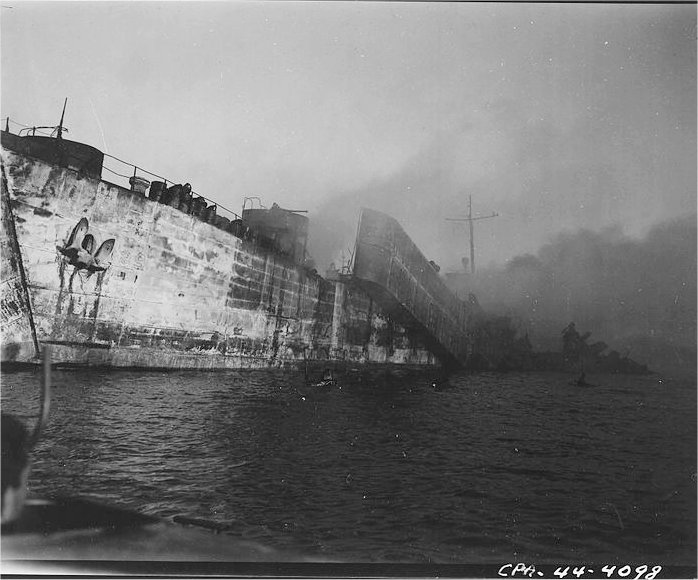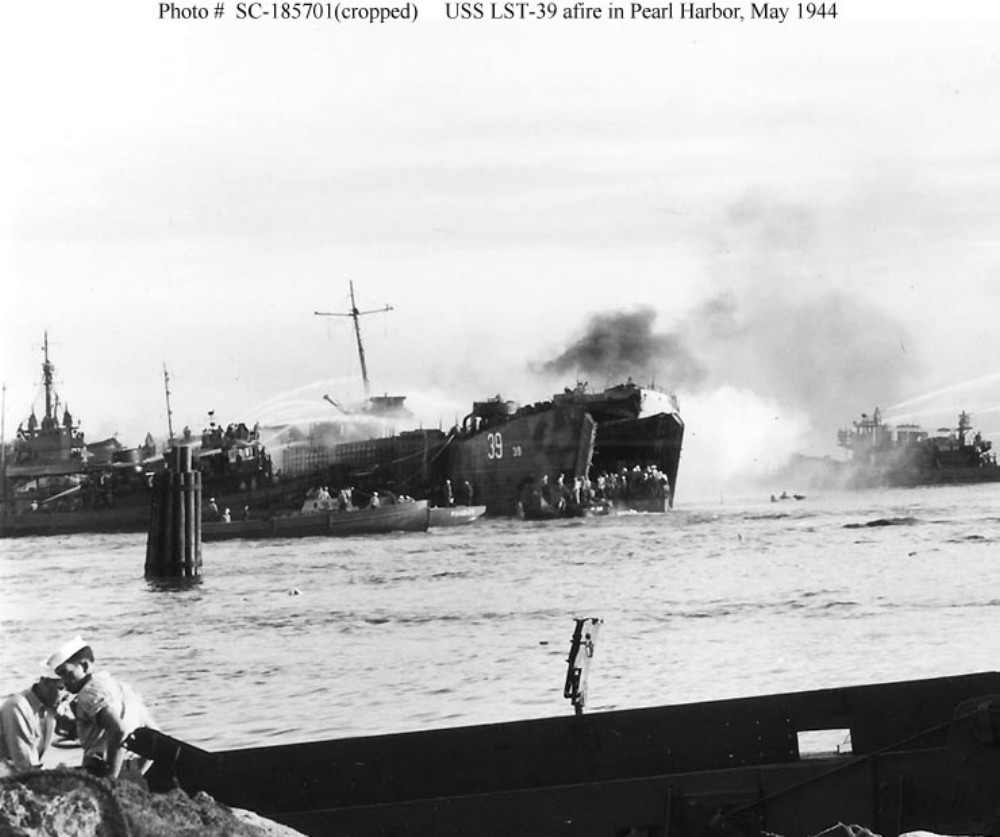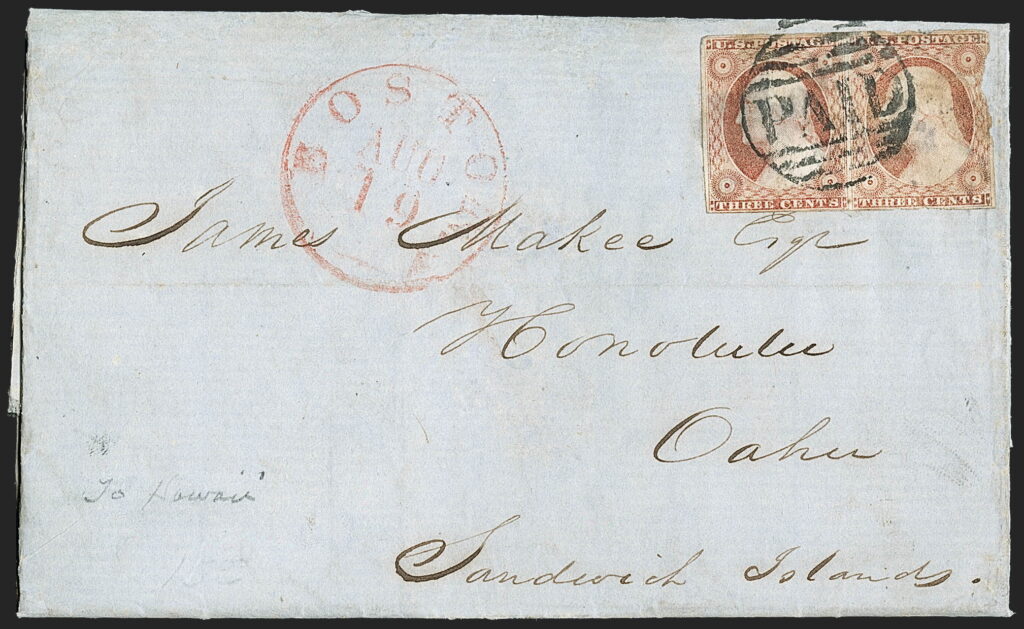When the American Protestant missionaries arrived in the Islands (1820), they sailed from Kawaihae to Kailua-Kona; Bingham wrote, “As we coasted slowly along southward, we had a grand view of Hualalai, the volcanic mountain that rises some eight or nine thousand feet, near the western side of Hawaii, with its terminal crater, its forests, and apparently recent streams of lava.”
In Kona, the “village of thatched huts, though in a dry and sterile spot, is ornamented with cocoanut and Kou trees, which to the eye form a relief. A few miles inland, trees and plantations are numerous; then, still further back, rises the forest-covered Mauna Hualalai, with its lofty terminal crater, now extinct. . .”
Missionary wife, Lucy Thurston noted, “On the mountain Hualalai, just back of Kailua, is a large crater. It is now extinct. But our old people tell us of the time in their childhood, when they were aroused from their midnight slumbers, to see red hot balls hurled into the air from out the crater on this mountain.”
“Torrents of molten lava flowed from crater to coast, extended the shore farther out into the sea, and encrusted the surface of the earth, besides leaving an abundance of large loose scoriae, tossed about in every direction.”
Hualalai (“obstructing the flow” (Parker Dictionary for a crater on the mountain)) is the third youngest and third-most historically active volcano on the Island of Hawai‘i.
Six different vents erupted lava between the late 1700s and 1801, two of which generated lava flows that poured into the sea on the west coast of the island. The Keāhole Airport is built atop the larger flow. (USGS)
The 1801 flow covered Pā‘aiea pond; “Pā‘aiea was a great pond almost like the ponds of Wainanalii and Kiholo. In the olden days, when the great ruling chiefs were living, and when these fish ponds were full of the riches of Awa, Anae, and Ahole, along with all sorts of fish which swam within.”
“During that time, Konohiki were stationed, and he was the guard of the pond that watched over the pond and all things, as here we are talking about Pā‘aiea Pond which was destroyed by lava and became pahoehoe lava which remains today”.
“In the correct and trues story of this pond, its boundaries began from Kaelehuluhulu on the north and on the south was at the place called Wawaloli, and the distance from one end to the other was 3 miles or more, and that was the length of this pond …”
“… and today within these boundaries, there are a number of pools [lua wai loko] remaining during this time that the writer is speaking before the readers of the Hoku.” (Hoku o Hawaii, 2/5/1914)
The lava came and destroyed the great fishpond of Pā‘aiea, dried its water and filled and covered it with black rocks. However, two places were spared.
There remained only that very small portion of the fishpond, close to Ho‘ona (within the Natural Energy Laboratory property at Keāhole Point.) Also, the area below the old headquarters at Hu‘ehu‘e Ranch was left untouched, and this open space bears the name of Pahinahina to this day.
It is said that because of this event that the lands of Manuahi came to be called Ka-ulu-pulehu (the roasted breadfruit (‘ū is short for ‘ulu,)) and this has been shortened to Ka‘ūpūlehu.
Though Hualalai is not nearly as active as Mauna Loa or Kilauea, recent geologic mapping of the volcano shows that 80 percent of Hualalai’s surface has been covered by lava flows in the past 5,000 years. (USGS)
In the past few decades, when most of the resorts, homes and commercial buildings were built on the flanks of Hualalai, earthquake activity beneath the volcano has been low.
In 1929, however, an intense swarm of earthquakes lasting more than a month was most likely caused by magma rising to near the surface. For these reasons, Hualalai is considered a potentially dangerous volcano that is likely to erupt again in the next 100 years. (USGS)
A Pālama Nui kāua
Wai māpuna kau i ka maka ka ‘ōpua
Hualalai huewai kuahiwi
You and I stand together on the Foundation of Profound Enlightenment
Where the spring water is borne upon the clouds
Mount Hualalai, a mountain water-gourd
(from Nā‘ū Pālama Nui – ”Hualalai, huewai kuahiwi” is a traditional saying honoring Hualalai’s role in sponging the atmosphere of moisture to fill the aquifers.) (Tangarō, UH-HCC)
With respect to groundwater, an interesting conclusion, based on isotopic data for the high level water, shows that most of the groundwater recharge under Hualalai is coming from recharge at significantly higher elevations than the local rainfall in the mid-elevations of Hualalai (at nearly 3,000 year average age of the water in the high level aquifer).
In other words, not much of the “local” rainfall in the vicinity of the high level wells is actually getting into the high level aquifer. (as noted by Don Thomas, research faculty of the Hawai‘i Institute of Geophysics and Planetology at UH and Director of the Center for the Study of Active Volcanoes at the UH‐Hilo campus.)
The only alternative that can explain the isotopic and age data for the high level aquifer, with significant amounts of local recharge entering it, is that substantially larger amounts of much older recharge to the high level aquifers is coming into the Hualalai water system from the adjacent regions in the Saddle and from Mauna Loa. (Don Thomas)
















































